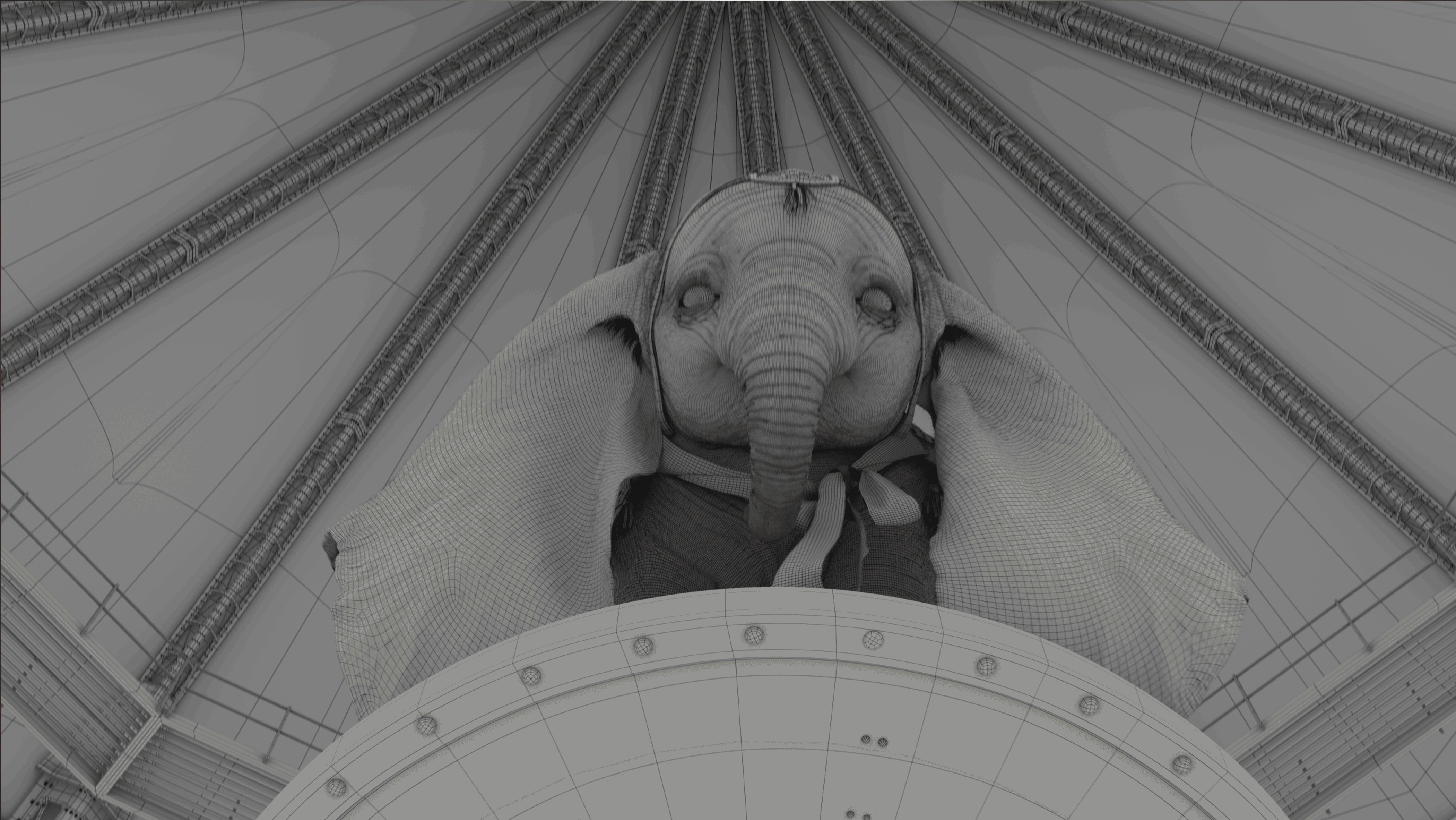
The recent live-action adventure movie by Disney, Dumbo has amazed the audience with its visuals. The movie is the remake of 1941 American animated film Dumbo, where Disney made the innocent-eyed baby elephant fly in the air using his big ears. In 2019, to create a sequence of making an elephant fly in the sky on screen for the audience MPC Studios has used the magic of VFX to make it happen. In conversation with AnimationXpress MPC VFX supervisor Patrick Ledda shared the behind the scenes in making the movie Dumbo. Here is the excerpt:
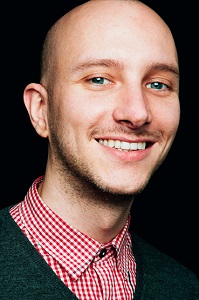 Can you share how many VFX shots there are in the movie Dumbo? How long did it take in post-production?
Can you share how many VFX shots there are in the movie Dumbo? How long did it take in post-production?
I believe the total VFX shot count is around 1800, over 90 minutes! MPC was responsible for close to 1200 shots. Post-production was around 18 months although some of the work was started even before principal photography began.
Please could you share a little about the unique techniques and trends used by your team for the movie Dumbo?
There are always constant improvements that we do although it’s hard to say how unique some of our techniques are. I would say that in terms of research and development, our main achievement was the development of high-resolution skin deformer to allow us to simulate every single skin wrinkle and shun away from traditional displacement maps. This allowed us to dynamically simulate skin wrinkles and change their appearance as the elephant’s move.
What were the pressure points for the team creating the enchanting appearance of the circus in the movie?
Firstly, I should say that most of the circus was practically built on set. It was so large that it needed to be split into three different sound stages. This meant that you could never have the entire circus shot through the camera. We, therefore, created a replica of the circus to allow easy digital set extensions. Some parts of the circus such as trees, background tents, and so on were never built practically so we had to create CG versions for those. The main creative challenge was the creation of skies. Tim Burton wanted a storybook feel so he wasn’t too keen on over realistic looking skies. He wanted something that was real but expressionistic. We spent a significant amount of time developing this look to match the practical sets which also had an expressionistic feel. Every scene had a different sky, meticulously designed to match the mood of the film.
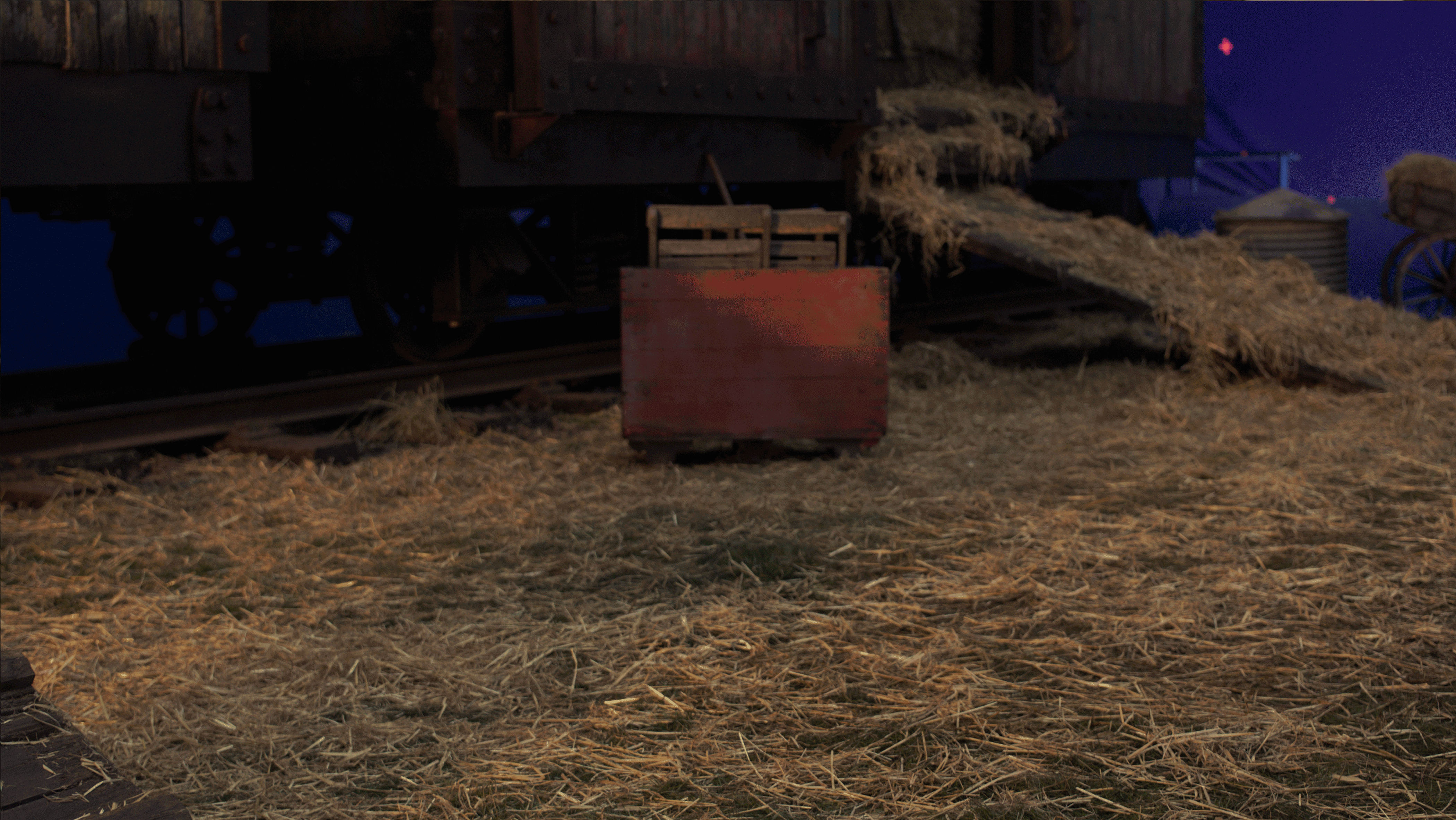
How many team members from your VFX studio(s) were involved in the making of the movie
I believe we had close to 1000 crew members from artists, production staff, supervisors and technical staff.
Have you outsourced any of the VFX work to any other studios for ease in the post-production workflow? If not, then what are the reasons behind that?
No, all of the work that was awarded to MPC was completed by our studio. Very rarely, we outsource work because we can handle large amount of shots and don’t require additional help. We had teams in Bangalore, London and Montreal working on the show.
What software was used in the creation of the content?
We use a vast array of commercial software together with MPC’s own proprietary tools. Some of the main software used was Maya, zBrush, Mari, Houdini, Katana, prMan and Nuke. We used MPC’s proprietary tools for groom (Furtility), crowd (Alice) as well as other internal tools and plugins.
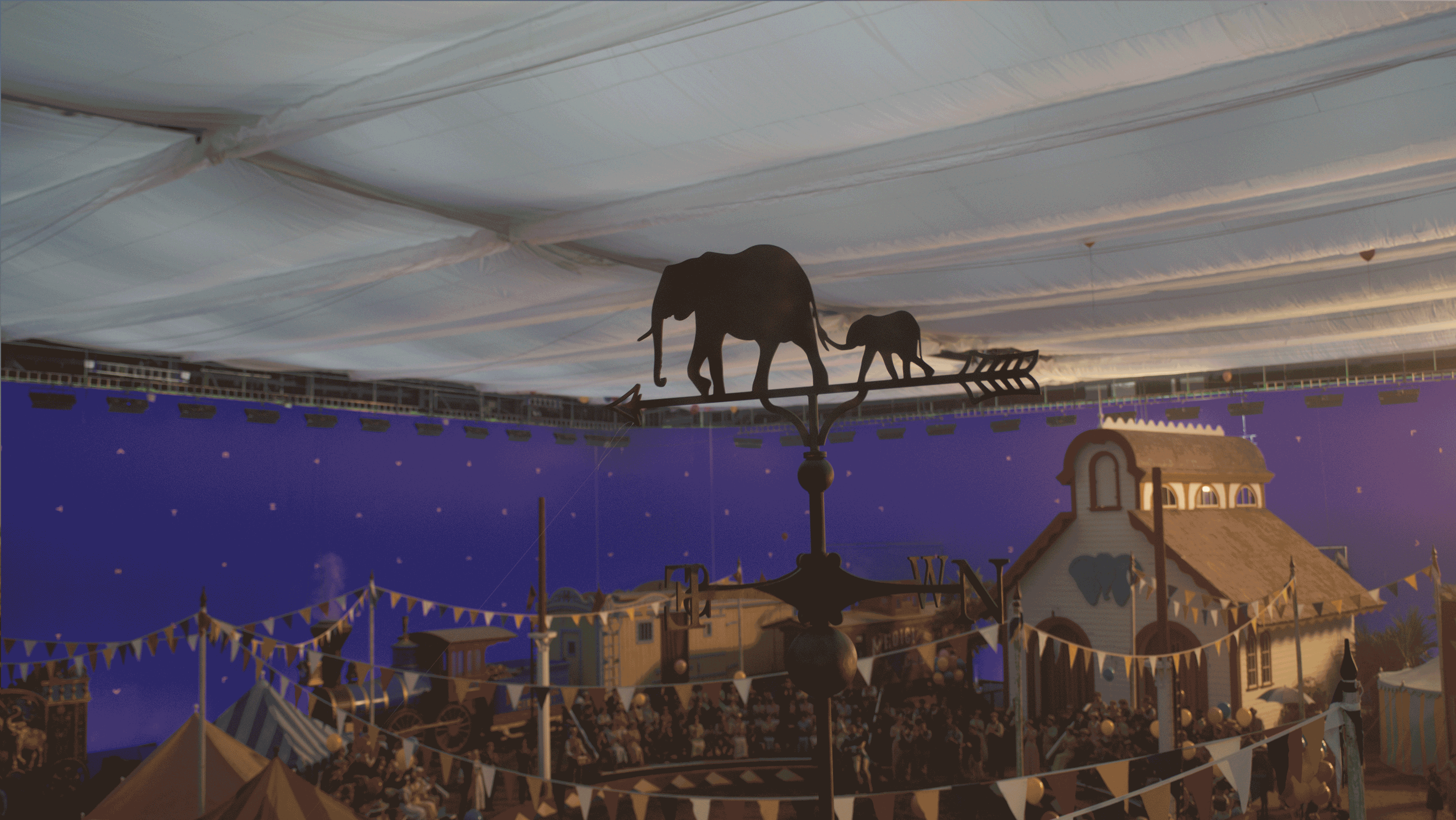
What were the main required VFX sequences asked for by the director, Tim Burton? How did you and your team begin working on them?
MPC worked on dozens of sequences with the main focus being on the main character, Dumbo. As we worked on almost the entire movie, it’s difficult to say which are the main VFX sequences however there are a few which spring to mind.
Firstly, the first time we see Dumbo was a very special sequence. Dumbo is revealed under a mountain of hay. We developed a great FX setup for hay which we used on many shots throughout the movie. It was critical that the audience would connect to him early on; therefore we focused on creating an emotional connection and make him look adorable.
Another great sequence was the scene where he is given a bath. This was very complicated technically and creatively. Creating CG foam it’s quite complicated and given that Dumbo had to interact with actors, it created a whole list of challenges. Also, Tim wanted to direct the foam to represent Dumbo’s mood. We ended up using a combination of CG foam and practical foam elements which we shot at MPC.
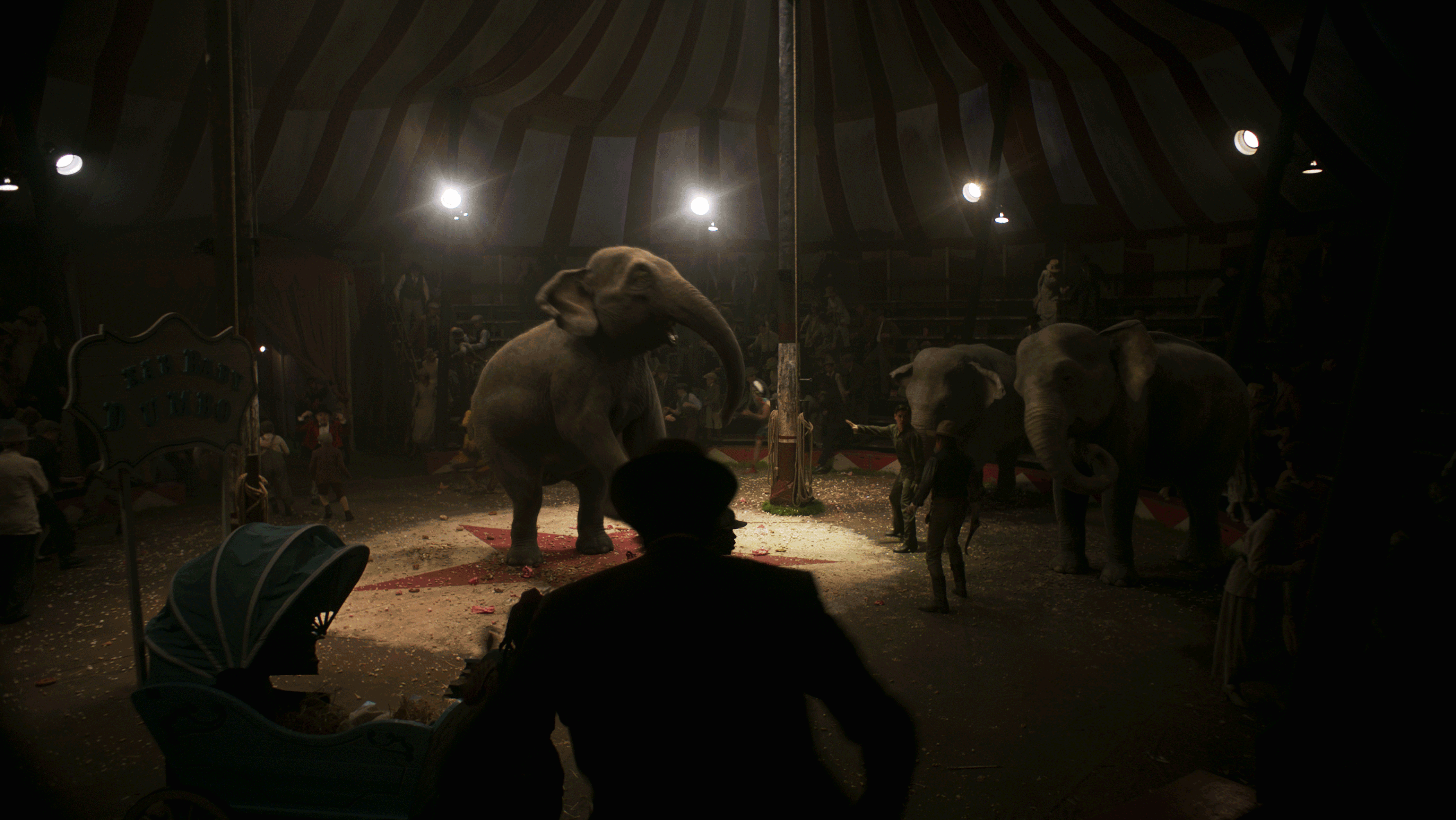
Is there a special sequence of the movie you would like to share with us?
There are so many! However, it’s worth mentioning that, we created an entire CG jungle for the last scene of the movie. The work was done in a matter of months and we are very proud of the result. We created an expressionistic world comprising of elephant herds and waterfalls.
What’s next can we expect from the studio after Dumbo?
MPC are always working on exciting new projects like Detective Pikachu, Godzilla King of the monster, Lion King and so on.
Overall MPC studio seems to have done a great job to make the audience believe that they are living in a world where the flying elephant Dumbo really does exist.
